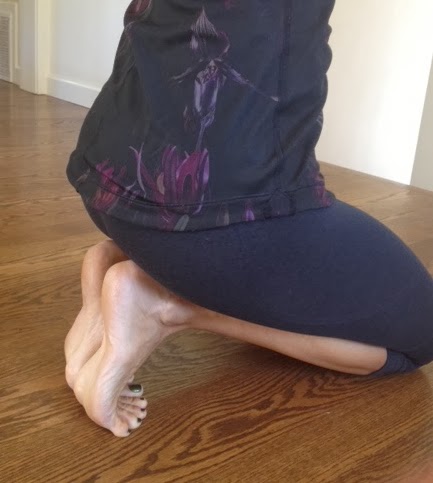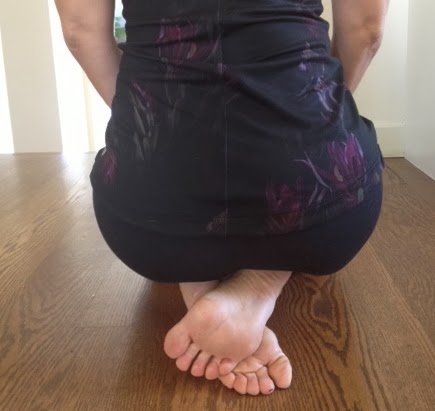In reflecting on the word of the month “support” I’ve been thinking about what supports me in different aspects of my life. For a large part of the day, structurally and biomechanically, it’s my feet. They are the primary foundation and amazingly the most important component for optimal alignment of our entire body.
I am currently doing a yoga immersion and my brilliant teacher, Maritza, devoted the first 13 hours to our feet due to their importance in every posture and movement we make. The slightest shift towards optimizing alignment of this base of support can translate throughout our entire bodies and help alleviate many issues, some we maybe didn’t even know we had! Over ¼ of all the bones in our entire body are in our feet, which gives us some idea of how intricately they can move and adapt to the weight and force of the rest of our bodies in motion.
Finding proper foot alignment takes focus but as with any practice, the more intention you put on it, the quicker it becomes natural and intuitive.
Alignment 101:
Start by placing your big toe mound firmly down on the ground and then lengthen back to foundation down your inner heel (you should feel a sense of “stretching” your inner arch). Maintaining both of these foundations, reach up and over to spread your toes wide and foundation your baby toe mound. Maintaining these three points lengthen the lateral side of your foot and place down your outer heel. This alignment helps keep all three arches of your feet engaged and equal distribution throughout the four corners of the feet for your greatest stability. This stability will travel up to help with proper muscle engagement for your ankles, shins knees and thighs.
Metatarsal Stretch:
This is a great way to improve flexibility in your feet. A flexible muscle is also a strong one because it has a greater ability to contract – hence creating strong and supportive arches.
On your knees, curl your toes under and press your inner ankles together. You can use your fingers to help spread out your baby toes to create more foundation. Sit back on your heels and maintain your best upright neutral spine alignment. This will give more weight to the stretch but also help core strength. If it really hurts in means you need it :). Try to sit with the stretch as long as you can. It will definitely get more comfortable the more often you do it!
Metatarsal Massage:
This is a great way to release tension in your feet and help to stretch the fascia that can get tight and restrictive to movement.
On your knees place the top of one foot on the floor and then cross the other foot on top of it near the arch. Sit back on your heels maintaining an upright neutral spine. The metatarsals on the top foot will work at pressure points on the bottom foot. Sit with a point and then move around to different sensitive areas. Breathe and try to sit with the discomfort for greatest benefits.
If you want more detailed anatomy and alignment information on the feet check out our anatomy teacher Kerry Corcorans blog on feet:
Here’s to happy feet,
— Jill



In general listen to your body and avoid any position causing pain. Most people find the foot stretch you receive in barre stretch very helpful and healing. Just make sure to stretch in a pain free zone. In thigh work you might choose to work with your heels a bit lower for a while. You’ll still get great work for your thighs while allowing your feet to heal.
Hi Jill, I’ve been doing the Dailey Method for about 2 years and during this time developed tendonitis of the planter fascia. I’ve been doing PT and wearing orthodics, but at certain points have wondered if TDM was aggravating it more. Are there certain exercises during class that you would recommend I avoid or practice more often? Thank you for this post about feet–it’s one area that is on my mind at almost every moment during class!